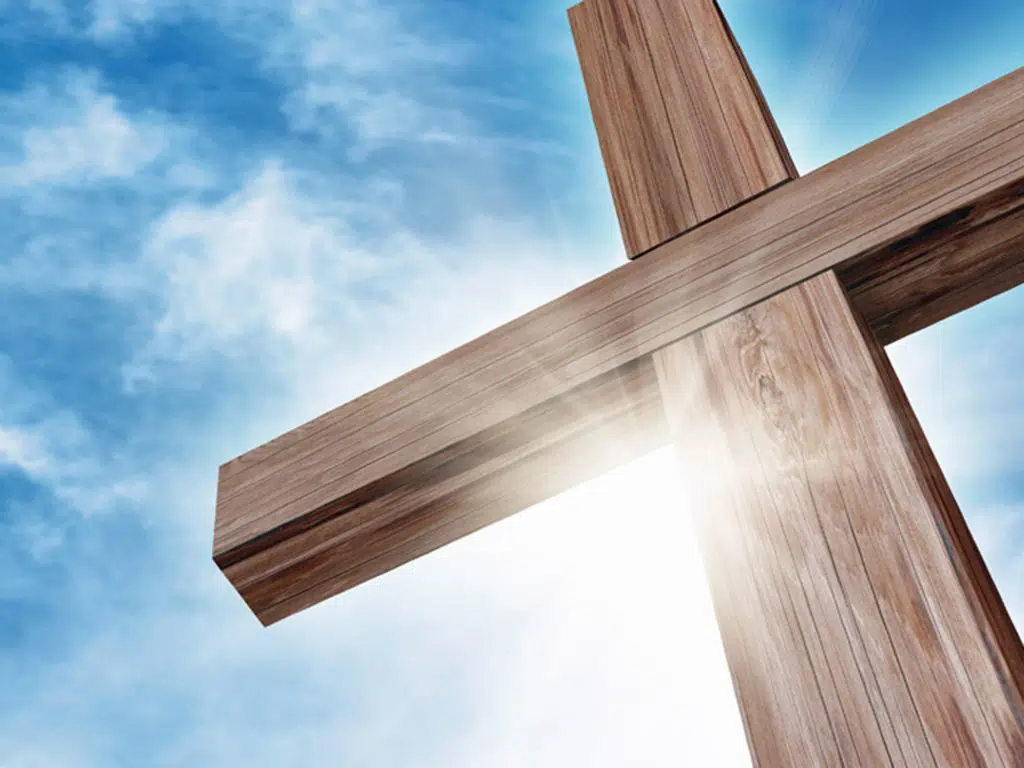St. John of Capistrano
Feast: Oct. 23
After conquering Constantinople on May 29, 1453, the Ottoman Turks turned their eyes toward Europe. Three years later a Turkish army of approximately 60,000 men marched into Hungary. Arrayed against the invaders was a force of experienced fighting men led by Janos Hunyady, a Hungarian general who had been battling the Turks for at least 20 years, and a Franciscan priest, St. John of Capistrano, who led a rag-tag army of peasants armed mostly with knives, slings and farm implements. Between Hunyady and St. John, the Christians numbered about 50,000.
The Christians had hunkered down behind the walls of Belgrade while the Turks were encamped all around. Fighting had been intermittent for three weeks when, on July 22, as several small detachments of Christians skirmished with Turkish cavalry outside the city, the main body of Turks massed for a major attack. From the battlements Father John saw that the Ottomans were on the move and rode out to order his men to take cover behind the walls. But when 2,000 knights rallied around him the Franciscan changed his tactics and led a wild charge against the Turks. Hunyady, seeing what Father John was doing, led a second charge out of the city to disable the Turkish cannons. Taken entirely by surprise by these maneuvers, the Turks panicked and fled. For his heroism in the face of the enemy St. John of Capistrano is revered as the patron of military chaplains.
John of Capistrano was a man who saw himself, as well as the world in general, as either black or white. The day he joined the Franciscans he wrote down a list of his worst sins, believing that if he was going to begin a new life in pursuit of holiness he must first acknowledge his personal wickedness. Once he was ordained a priest he held himself – and all other members of the clergy – to a high standard. This was the 15th century when too many priests were lax, to put it mildly, so John published a book entitled A Mirror for the Clergy in which he held up to his brother priests all the evil they did, how much damage it inflicted upon the Church and the souls of the laity, and what they must do to be worthy of their sacred office. Such a blatant attack made John unpopular with many priests and bishops, but Pope Nicholas V thought such a holy, upright friar was just the man to convert the Hussites of Bohemia and Hungary. That is how St. John came to be in Hungary at the time of the Turkish invasion.
As the Ottoman conquest spread across Eastern Europe, John’s fortitude, his absolute unwillingness to give up, were exactly the qualities needed to rally the region’s Christians. In his preaching he laid out the options as starkly as he could: European Christians could remain at home and wait for the Turks to kill and enslave them, or they could take up arms in defense of their families, their country and their faith and drive out the invaders. Inspired by John’s rhetoric, Christian forces drove back the Turks and saved Eastern Europe from being swallowed up by the Ottoman Empire.
Craughwell is the author of numerous books about the saints, including Saints Behaving Badly (Doubleday, 2006).


Pentecost Sunday